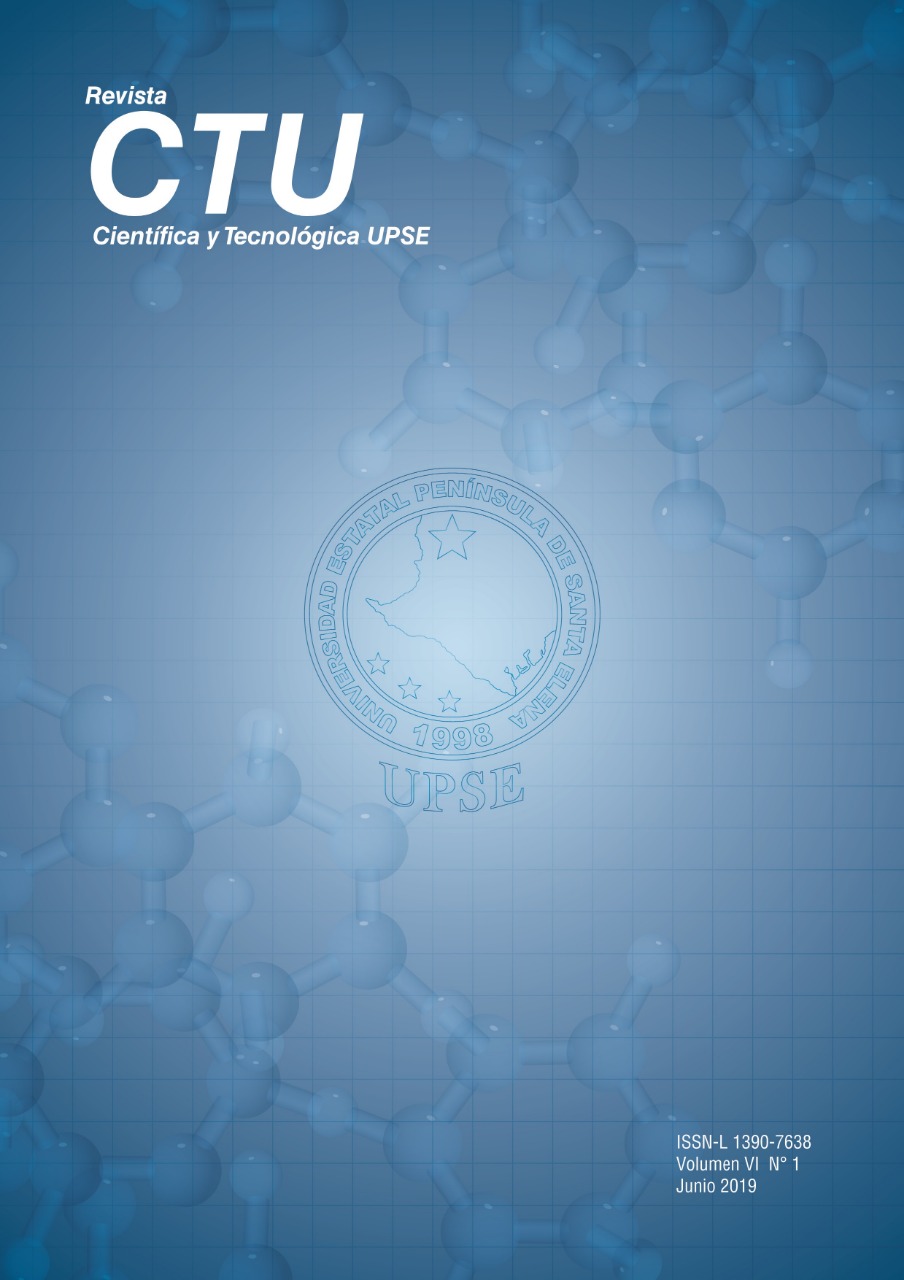Sun, sea and gastronomy as a tourism resources: Tourist profile of Salinas Beach, Santa Elena province
DOI:
https://doi.org/10.26423/rctu.v6i1.432Keywords:
gastronomy, sun and sea tourism, motivation, profileAbstract
Sun and Sea tourism continues expanding throughout the world, mainly due to the attraction of relevant eco-systemic services, such as the scenic beauty and the recreational activities that a place offers. In the same way, this sector is one of the most important sectors that contribute to the economy of many countries in the world. That is why there is a large amount of research related to the identification of tourist profiles and motivations of them in choosing different locations, is important because such information is essential to produce comprehensive estimates of the economic benefit of this type of tourism in a specific area. The objective of this research is to examine the profile and motivations of tourists who arrive at Salinas city in Ecuador. The type of research is exploratory, which field work was done on the down town, considering a sample of 473 tourists to whom a questionnaire with closed questions was applied. The results revealed that the tourists that visit Salinas, are mostly women who come from the largest provinces in the country such as Guayas and Pichincha, with university studies, which visit the place mainly on weekends and prefer to stay in a hotel. Among the main motivations to visit Salinas, are the beach, especially for the whale watching and the gastronomic variety. This suggests that strategies to strengthen tourism in Salinas should be designed and developed to promote sun and beach activities and gastronomy as one of the main tourist attractions of the city. Good management based on initiatives such as the creation of culinary routes could be an alternative to implement strategies aimed at local social and economic development.
Downloads
References
Bueno, M. Á. B., & Meroño, M. C. P. (2017). Perfiles turísticos en función de las motivaciones para viajar. Cuadernos de turismo, (39), 41-65.
Cohen, E., & Avieli, N. (2004). Food in tourism: Attraction and impediment. Annals of Tourism Research, 31, 755–778.
Esteban, A. (1996). Previsión de la demanda turística. Boletín de Información Comercial, vol. 749, 89-97
GAD. (2015). Plan de desarrollo Turístico. Municipio de Salinas.
Lambin, J. J. (2003). Nuevos temas de Marketing estratégico europeo. España: ESIC.
Moutinho (1987) Consumer Behavior in Tourism European Journal of Marketing 21(10).
Ministerio de Turismo. (2018). Datos estadísticos demanda Turística.MINTUR.
Moutinho, L. (1987). Consumer behaviour in tourism. European journal of marketing, 21(10), 5-44.
Orgaz-Agüera, F. (2015). Análisis del perfil, motivaciones, y valoraciones de los turistas gastronómicos. El caso de la República Dominicana. ARA: Journal of Tourism Research/Revista de Investigación Turística, 5(1), 43-52
Oliveira, S. (2007). La importancia de la gastronomía en el turismo: Un ejemplo de Mealhada-Portugal. Estudios y perspectivas en turismo, 16(3), 261-280.
Pereira, G. A., & Gosling, M. (2017). Los viajeros y sus motivaciones: Un estudio exploratorio sobre quienes aman viajar. Estudios y perspectivas en turismo, 26(1), 62-85.
Pardellas, X. X., & Padín, C. (2013). La nueva demanda combinada de turismo litoral y turismo pesquero: motivaciones y efectos. Cuadernos de turismo, (32).
Parra Meroño, M. C., & Beltrán Bueno, M. Á. (2017). Perfiles turísticos en función de las motivaciones para viajar. Cuadernos de Turismo, (39).
Quan, S., & Wang, N. (2004). Towards a structural model of the tourist experience: An illustration from food experiences in tourism. Tourism Management, 25, 297–305.
Vogeler, C., & Hernandez, E. (2000). El mercado turístico. Estructura, operaciones y procesos de Producción.
https://www.visitaecuador.com/ve/mostrarRegistro.php?informacion=3&idRegistro=404
Downloads
Published
Issue
Section
License
El titular de los derechos de autor de la obra, otorga derechos de uso a los lectores mediante la licencia Creative Commons Atribución-NoComercial-CompartirIgual 4.0 Internacional. Esto permite el acceso gratuito inmediato a la obra y permite a cualquier usuario leer, descargar, copiar, distribuir, imprimir, buscar o vincular a los textos completos de los artículos, rastrearlos para su indexación, pasarlos como datos al software o usarlos para cualquier otro propósito legal.
Cuando la obra es aprobada y aceptada para su publicación, los autores conservan los derechos de autor sin restricciones, cediendo únicamente los derechos de reproducción, distribución para su explotación en formato de papel, así como en cualquier otro soporte magnético, óptico y digital.












